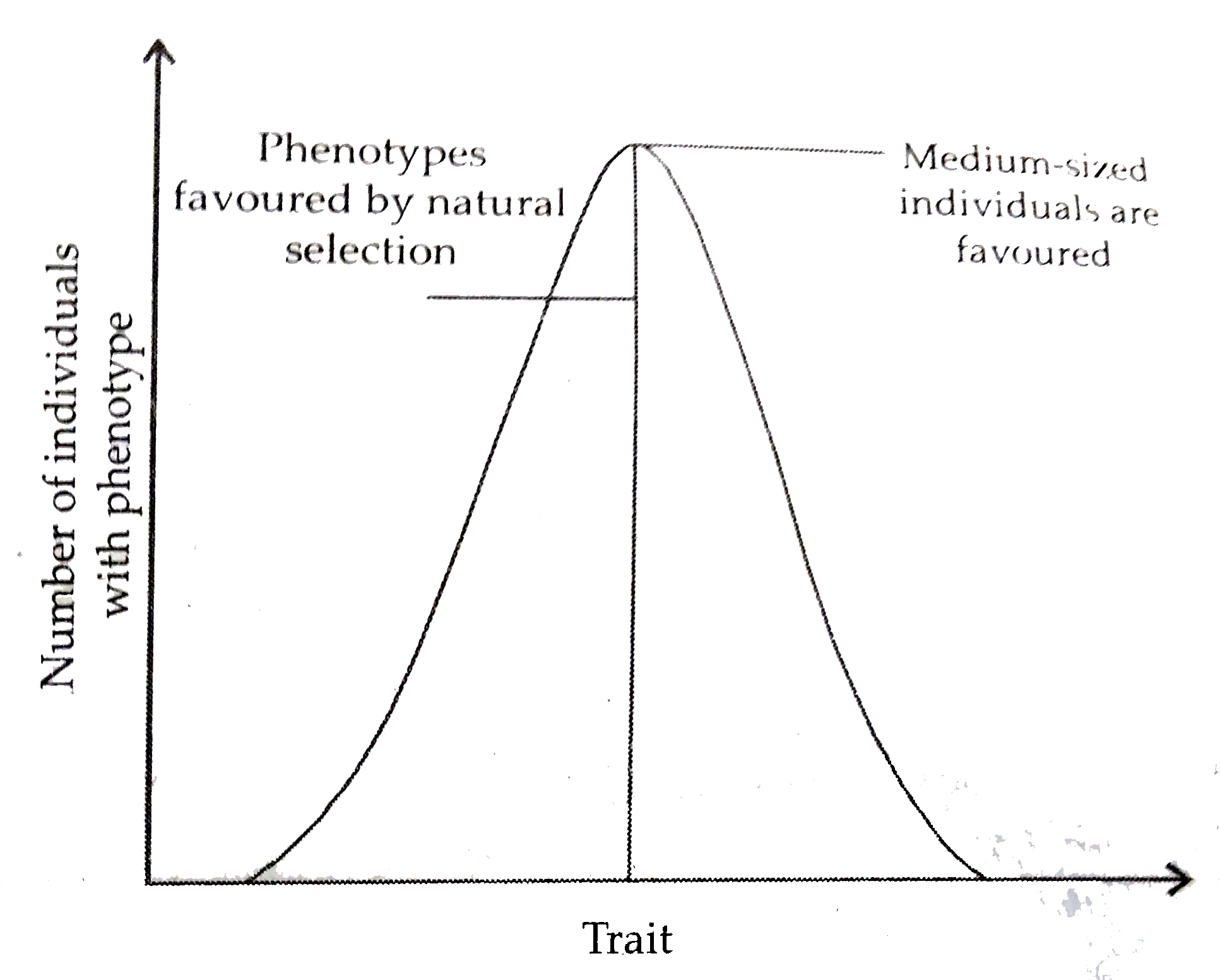The Hardy-Weinberg principle cannot operate if
a population does not migrate for a longtime to a new habitat
frequent mutations occur in the population
the population has no change of interaction with other populations
free interbreeding occurs among all membres of the population.
The correct Answer is:B
Step-by-Step Solution
1. Understanding the Hardy-Weinberg Principle: The Hardy-Weinberg principle states that allele frequencies in a population will remain constant from generation to generation in the absence of evolutionary influences. This principle is based on several assumptions, including random mating, no mutations, no migration, large population size, and no selection.
2. Identifying Factors that Disturb Equilibrium: The equilibrium can be disturbed by several factors:
- Non-random mating
- Mutations
- Migration (gene flow)
- Genetic drift (in small populations)
- Natural selection
3. Analyzing the Given Options:
- Option 1: A population does not migrate for a long time to a new habitat. This would support the Hardy-Weinberg equilibrium as it maintains allele frequencies.
- Option 2: Frequent mutations occur in a population. This would disturb the equilibrium because mutations introduce new alleles, changing allele frequencies.
- Option 3: A population has no chance of interaction with other populations. This would also support stability, similar to option 1.
- Option 4: Free interbreeding occurs among all members. This promotes random mating, which supports Hardy-Weinberg equilibrium.
4. Conclusion: The only situation among the options that would prevent the Hardy-Weinberg principle from operating is when frequent mutations occur in a population. This is because mutations alter the genetic makeup and allele frequencies, leading to instability.
Final Answer
The Hardy-Weinberg principle cannot operate if frequent mutations occur in a population.
---
- Non-random mating
- Mutations
- Migration (gene flow)
- Genetic drift (in small populations)
- Natural selection
- Option 1: A population does not migrate for a long time to a new habitat. This would support the Hardy-Weinberg equilibrium as it maintains allele frequencies.
- Option 2: Frequent mutations occur in a population. This would disturb the equilibrium because mutations introduce new alleles, changing allele frequencies.
- Option 3: A population has no chance of interaction with other populations. This would also support stability, similar to option 1.
- Option 4: Free interbreeding occurs among all members. This promotes random mating, which supports Hardy-Weinberg equilibrium.
The Hardy-Weinberg principle cannot operate if frequent mutations occur in a population.
Topper's Solved these Questions
Similar Questions
Hardy-Weinberg principle explains :
View SolutionState Hardy Weinberg's principle.
View SolutionHardy-Weinberg principle is applicable to
View SolutionAssertion: Hardy-Weinberg principle explains the variations occurring in population and species over a number of generations.
Reason: Hardy-Weinberg principle is applicable only when genetic drift occurs.View SolutionAccording to the Hardy-Weinberg principle, the allele frequency of a population remains costant. How do you interpret the change of frequency of alleles in a population ?
View Solution(a ) Write the Hardy-Weinberg principle.
(b) Explain the three different ways in which natural selection can affect the frequency of a heritable trait in a population shown in the graph given below.
 View Solution
View Solution(a ) Write the Hardy-Weinberg principle.
(b) Explain the three different ways in which natural selection can affect the frequency of a heritable trait in a population shown in the graph given below.
 View Solution
View SolutionAssertion : Hardy-Weinberg principle states that in the absence of disturbing influences, gene frequencies of large populations of sexually reproducing organisms do not change , provided that matings occur at random.
Reason : The disturbing influences include mutation, gene flow, genetic drift, genetic recombination and natural selection.View SolutionAccording to Hardy-Weinberg principle, sum total of all the allellic frequencies is
View SolutionAccording to Hardy-Weinberg's principle, if allele one is denoted as 'A' and allele two as 'a' and their frequencies are denoted by p and q, and if random mating occurs. The frequency of heterozygous individual would be :
View Solution

